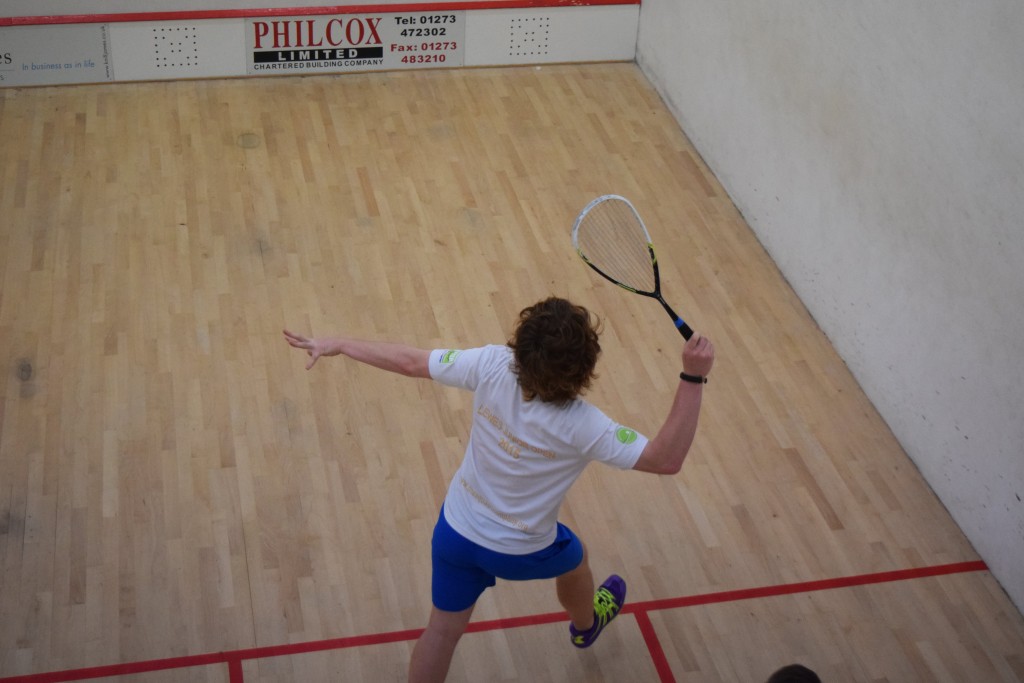Changing direction at the optimum moment.
One thing that drives coaches, team mates and spectators batty everywhere is players (usually juniors) hitting the ball cross-court too much. Quite often for squash players, hitting the ball cross-court is the path of least resistance. You don’t need to move your feet as much to play cross-court, which means it is quicker to play the shot and therefore you don’t need as much time.
Players rarely come off better as a result of this trade-off between reduced effort and having to play a cross-court shot. The player may use less energy and save themselves some time but they also typically gift their opponent an opportunity to attack when the cross-court doesn’t reach the required area of the court.
Showing the straight drive
The cross-court length can be one of squash’s great attacking shots when used effectively. The optimum time to use it is when an opponent is anticipating a straight shot, particularly from the back, and so starts to edge towards the back corner to get ready for a straight length shot. At this point, the cross-court length is incredibly damaging, as the player has already begun to move in the opposite direction. The best way to get players to start moving towards the straight length shot is to use the cross-court length sparingly, so that they feel the straight shot will be your most likely shot choice. This naturally then makes your cross-court all the more effective when you do use it.
Cross-courting from a position of strength
Personally, I think the key to getting the cross-court length right is to play it when you are in a position of strength. Most of the time people flap and play a cross-court shot if they are unsure or under a bit of pressure, because as we mentioned earlier, it is always an easy shot to hit. Logically, this is a disaster as the shot is likely to be inaccurate if played while under pressure, which means it is likely to be looser and in the middle of the court and in an area where the opponent can intercept it comfortably.
Be the one who changes the direction of play with the cross-court, but only on your terms. Only change it when you are in a strong position and preferably when your opponent is vulnerable, as in the previous paragraph where they may be anticipating a straight ball and are already on the move.
Turning your opponent
When playing your cross-court you need to aim to turn your opponent towards the back corners. If your cross-court doesn’t get behind them, then it’s likely to give them an opportunity to volley or put you under pressure. So ensure when you do play cross-court that you get the depth to really turn your opponent towards the back of the court to limit their options significantly.
Never cross-court unnecessarily. Cross-courts are great attacking shots when your opponent leaves a gap but they should be used at the right time and at the right moment; always from a position of strength.

Leave a Reply